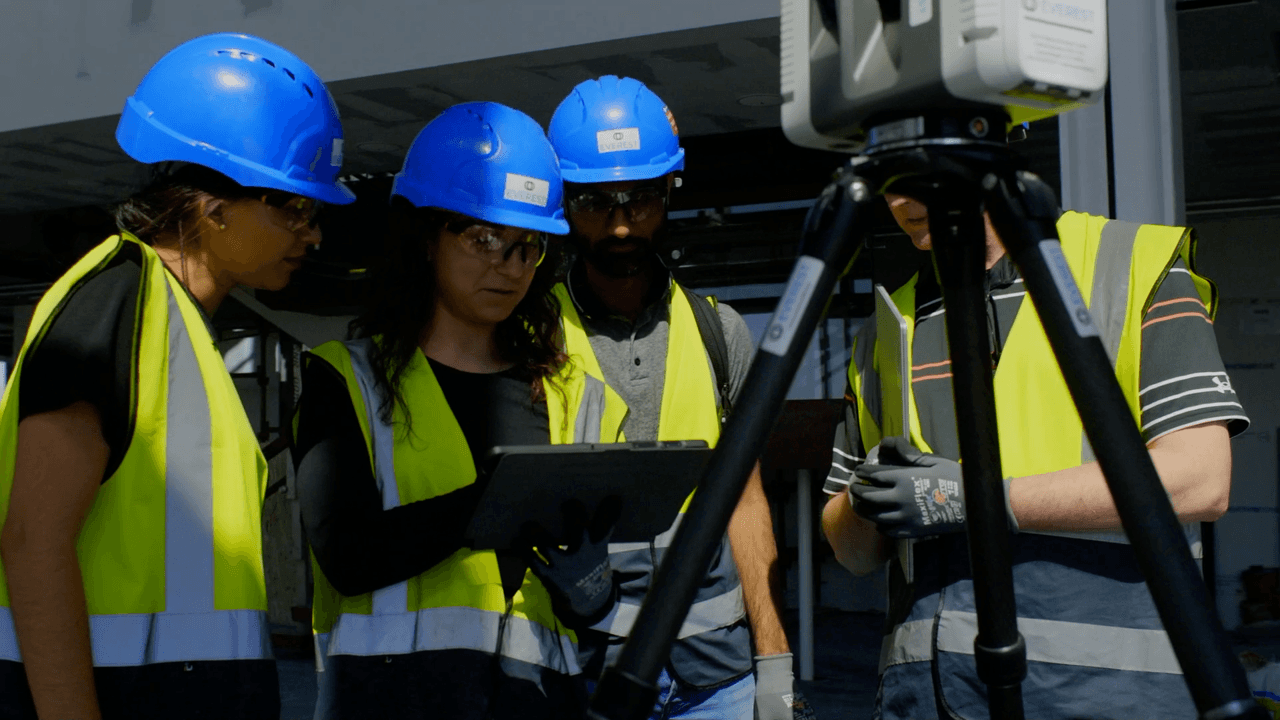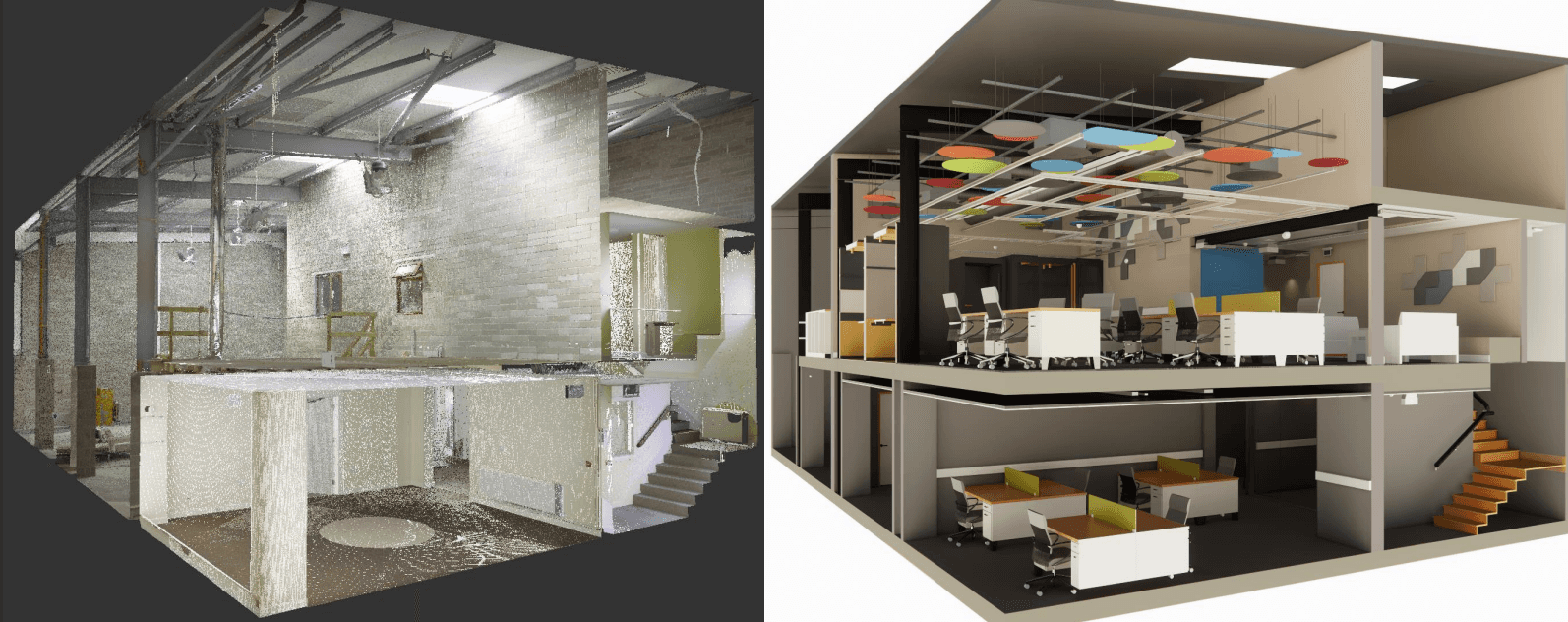
Honoring International Labour Day: The Evolution of Workers and Engineers in Construction
International Labour Day, celebrated on 1st May, is a day that honours the contributions of workers across various industries. Rooted in the labour movements of the 19th century, it represents the relentless efforts of workers to secure fair wages, safe working conditions, and reasonable working hours. As we reflect on the history, present challenges, and future of Labour Day, it’s essential to highlight the role that engineers and the construction industry play in shaping the built environment. Companies providing engineering services, BIM solutions, and design engineering, such as Everest Technical Services, are at the forefront of driving innovation and efficiency in construction, working with MEP, architectural, and structural contractors.
The Historical Significance of International Labor Day
The origins of International Labour Day trace back to the labour movements of the late 19th century. On 1st May 1886, workers in the United States organised a massive strike demanding an eight-hour workday. Known as the Haymarket Affair, this protest eventually turned into a significant event that led to labour reforms worldwide. What began as a struggle for fair working conditions evolved into a global movement celebrating the dignity and rights of workers.
In the early industrial era, construction workers and engineers were pivotal in shaping the modern world. The Industrial Revolution saw rapid construction of buildings, bridges, and factories, but workers faced unsafe conditions, long hours, and low wages, leading to frequent accidents. Labour Day became a platform to advocate for better conditions, focusing on worker safety, fair wages, and reasonable working hours. Over time, labour unions and rights movements ensured workers' voices were heard, leading to critical regulations and standards in industries like construction, engineering and beyond.
Engineers: The Backbone of the Construction Industry
While Labour Day initially focused on industrial and manufacturing workers, today it recognises the broader spectrum of professionals, including engineers. Engineers—whether in MEP (Mechanical, Electrical, Plumbing), architecture, or structural design—are crucial to the advancement of infrastructure. Their expertise ensures buildings and systems are designed with safety, efficiency, and sustainability in mind, crucial elements in modern construction.
Historic Contributions from Engineers
Throughout history, several engineers have made monumental contributions to the construction industry, creating iconic structures that stand to this day. Isambard Kingdom Brunel, one of the greatest engineers of the 19th century, was responsible for designing the Clifton Suspension Bridge in the UK and the Great Western Railway, which revolutionised transportation and construction techniques. His innovative use of materials and methods laid the foundation for modern infrastructure development.
Gustave Eiffel, another iconic figure, engineered the Eiffel Tower in Paris. Originally built as a temporary structure for the 1889 World’s Fair, it became a symbol of engineering prowess. Eiffel’s use of iron frameworks and precise calculations to resist wind loads was groundbreaking and continues to influence modern skyscraper designs.
In the 20th century, Othmar Ammann, a Swiss-American civil engineer, contributed to some of the world's most significant bridges, including the George Washington Bridge and the Verrazano-Narrows Bridge in New York. His designs not only connected cities but also inspired future civil engineers to push the boundaries of bridge construction.
In the UK, engineers like Sir Benjamin Baker, known for his work on the Forth Bridge, significantly advanced structural engineering. The Forth Bridge, a railway bridge in Scotland, was the longest cantilever bridge in the world at the time of its completion in 1890 and remains a testament to British engineering.
Present-Day Engineers' Impact
In modern times, engineers continue to shape the construction industry, driving innovation in both design and technology. Santiago Calatrava, a Spanish architect and structural engineer, is known for his futuristic designs that merge art with engineering. His work on the City of Arts and Sciences in Valencia, Spain, and the World Trade Center Transportation Hub in New York highlights how engineering can blend creativity and functionality.
Norman Foster, a British architect and engineer, is renowned for projects like the Millennium Bridge in London, which integrate advanced construction techniques with sustainability. Foster’s designs emphasise efficiency, aesthetics, and a deep understanding of the built environment’s impact on the planet.
Similarly, engineers like Norman Foster and Zaha Hadid have redefined what’s possible with building designs by integrating advanced construction techniques with sustainability. Foster’s work on the Millennium Bridge in London and Hadid’s Heydar Aliyev Center in Baku demonstrate the immense role engineers play in creating architectural masterpieces that not only meet today’s demands for sustainability and resilience but also push the aesthetic boundaries of design.
The integration of Building Information Modeling (BIM) in recent years has further enhanced the role of engineers. BIM has enabled engineers to work more collaboratively, simulate project outcomes, and manage complex data systems. Companies like Everest Technical Services are at the forefront of this technological advancement, utilising BIM to provide precise 3D models that improve coordination between architects, contractors, and MEP teams. Their work ensures that construction projects are not only cost-efficient but also deliver high standards of safety and sustainability.

Present Challenges in the Construction Industry
While the construction industry has made significant strides in safety and efficiency, engineers and workers still face challenges. One of the most pressing is the growing demand for infrastructure development, particularly in rapidly urbanising regions. Engineers must design structures that are functional, aesthetically pleasing, and sustainable while accounting for climate change and environmental impacts.
This has expanded the role of engineers, requiring them to integrate energy efficiency, environmental considerations, and adaptability into their designs. Expertise in building physics, sustainability practices, and advanced technologies like BIM are essential for modern engineers. For companies like Everest Technical Services, the ability to deliver precise, coordinated designs is key. Using BIM not only improves collaboration but also enhances the quality and efficiency of the construction process.
Moreover, the construction industry faces labour shortages, particularly in skilled trades and engineering roles. As older generations retire, attracting and training younger professionals in fields like MEP design, structural engineering, and BIM modelling is essential to ensure the future of the industry.
The Future of Engineers in the Construction Industry
Looking ahead, the role of engineers in the construction industry will continue to evolve, particularly with advancements in technology such as artificial intelligence (AI), machine learning, and automation. These innovations have the potential to improve efficiency and reduce costs, but they also present new challenges for the workforce.
Engineers will need to adapt to new tools and methodologies, integrating these technologies into their design and construction processes. BIM will become even more sophisticated, allowing engineers to create "digital twins"—virtual replicas of buildings that can be used for maintenance, performance analysis, and future renovations. This will require engineers to develop new skills in data management, computational design, and digital fabrication.
Sustainability will also remain a driving force in the construction industry. Engineers will play a crucial role in designing buildings that are energy-efficient and resilient to the effects of climate change. This will require greater collaboration between engineers, architects, and environmental specialists to develop innovative solutions for sustainable construction.
For companies like Everest Technical Services, which already specialise in cutting-edge BIM services, the future presents exciting opportunities. By staying at the forefront of technological innovation, Everest can continue to support general contractors, MEP specialists, and structural engineers, helping them navigate the complexities of modern construction.
The Human Element: A Labour Day Reflection
As we celebrate Labour Day, it’s important to recognise the vital contributions of engineers and construction workers. Behind every BIM model, architectural blueprint, and structural calculation, there are dedicated professionals who bring these projects to life. Their expertise and commitment shape our cities and ensure the safety, functionality, and sustainability of the built environment.
Labour Day serves as a reminder to honour the hard work of all workers, including those in the engineering and construction industries. By reflecting on the history of Labour Day, recognising present challenges, and looking forward to future opportunities, we can celebrate the contributions of engineers in building a better, more sustainable world.


